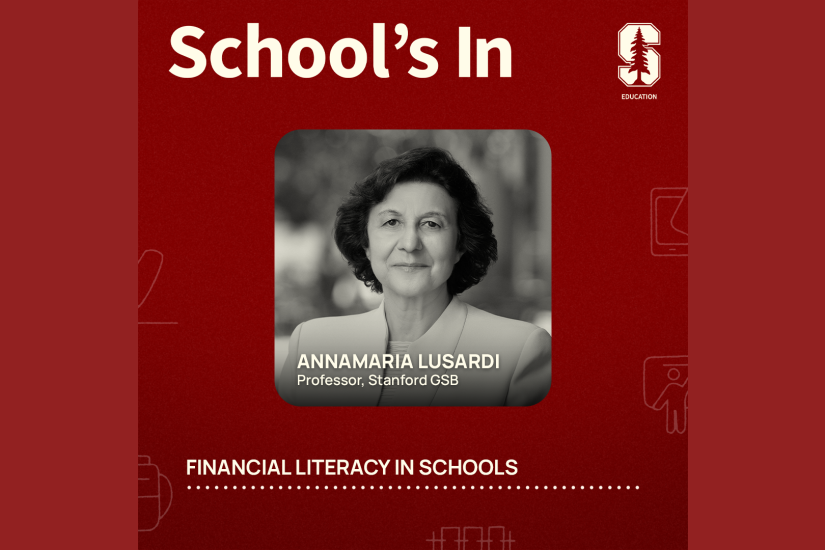
Growing a Waldorf-inspired approach in a public school district
Alice Birney Waldorf-Inspired School, a public K-8 school of choice within the Sacramento City Unified School District, provides a powerful example of an alternative educational approach within a public system.
Rather than focusing on preparation for standardized tests, Waldorf students are deeply involved in a full range of expressive arts – ranging from watercolors and music to knitting and physical activity; they learn science by gardening and investigating natural phenomena, mathematics by designing and building things of practical value, history from studying biography and the human meaning of historical events, English language arts by writing their own books and extended accounts of what they are learning. The school’s attention to comprehensive student development, including their social-emotional, physical and artistic development has profoundly shaped its graduates into young adults
A study, “Growing a Waldorf-Inspired Approach in a Public School District,” produced by the Stanford Center for Opportunity Policy in Education (SCOPE), details the specific practices of a Waldorf-inspired approach at Alice Birney and their outcomes for students. The study also examines the district’s role in supporting alternative models of education while working to ensure equitable access to a high quality education for all its students.
The study documents how the instructional approaches at Birney lead to strong student outcomes. Quantitative analysis of student record data compared to similar students in other district schools reveals that Birney students have low transiency and suspension rates and positive student achievement outcomes on standardized state assessments, particularly for African American, Latino and socio-economically disadvantaged students.
Beyond being a study of one individual school, this study illustrates the power of a school district in supporting and enabling a school’s fidelity to its approach and sustainability. Finally, at a more macro level, this study provides insight into how to create space in public schools for a broader definition of education, without forcing these models out into the charter school space. It sheds light on the policy conditions necessary to achieve this broader goal.
The study of Alice Birney Waldorf-inspired School, was funded by Rudolf Steiner College.
Read more on the SCOPE website here.



